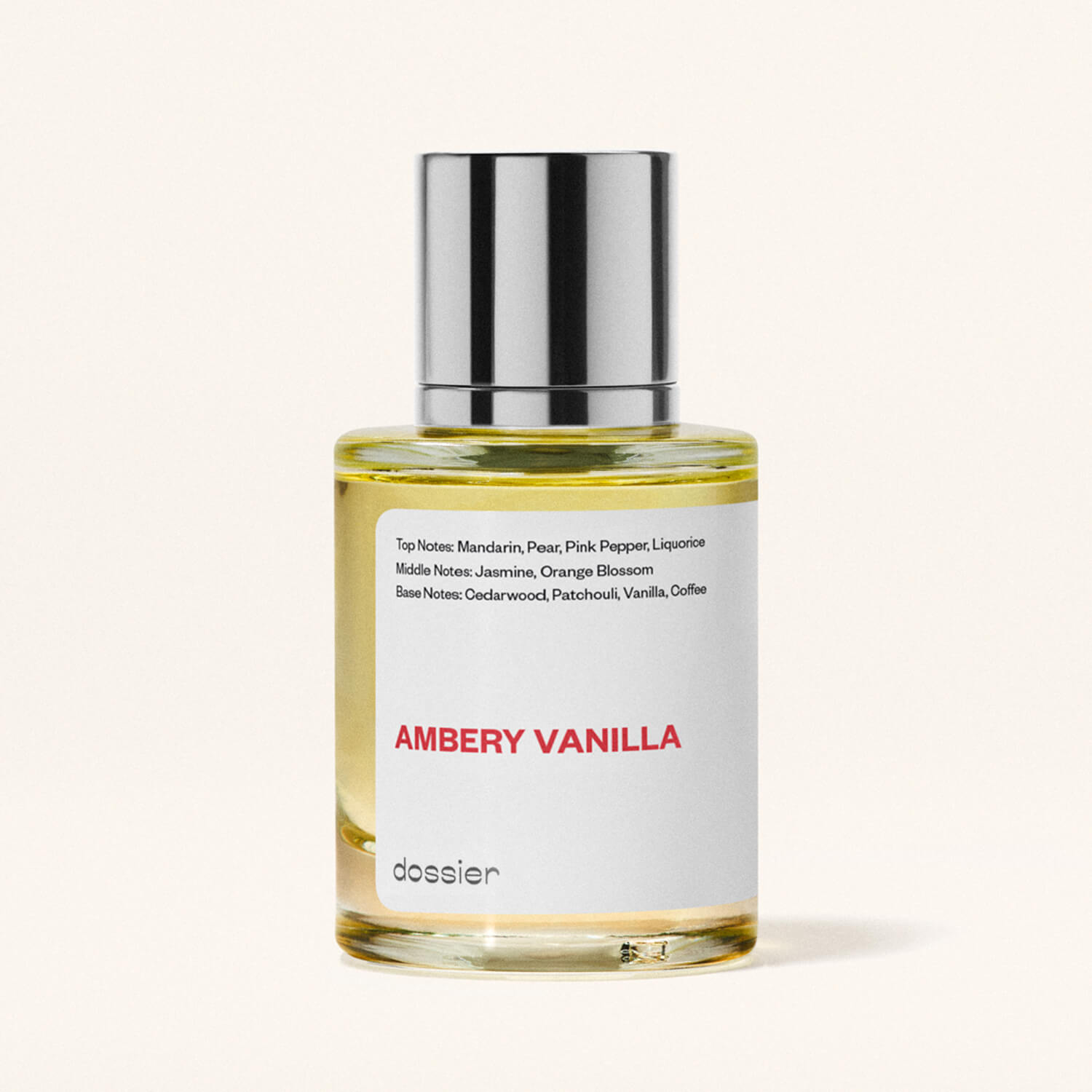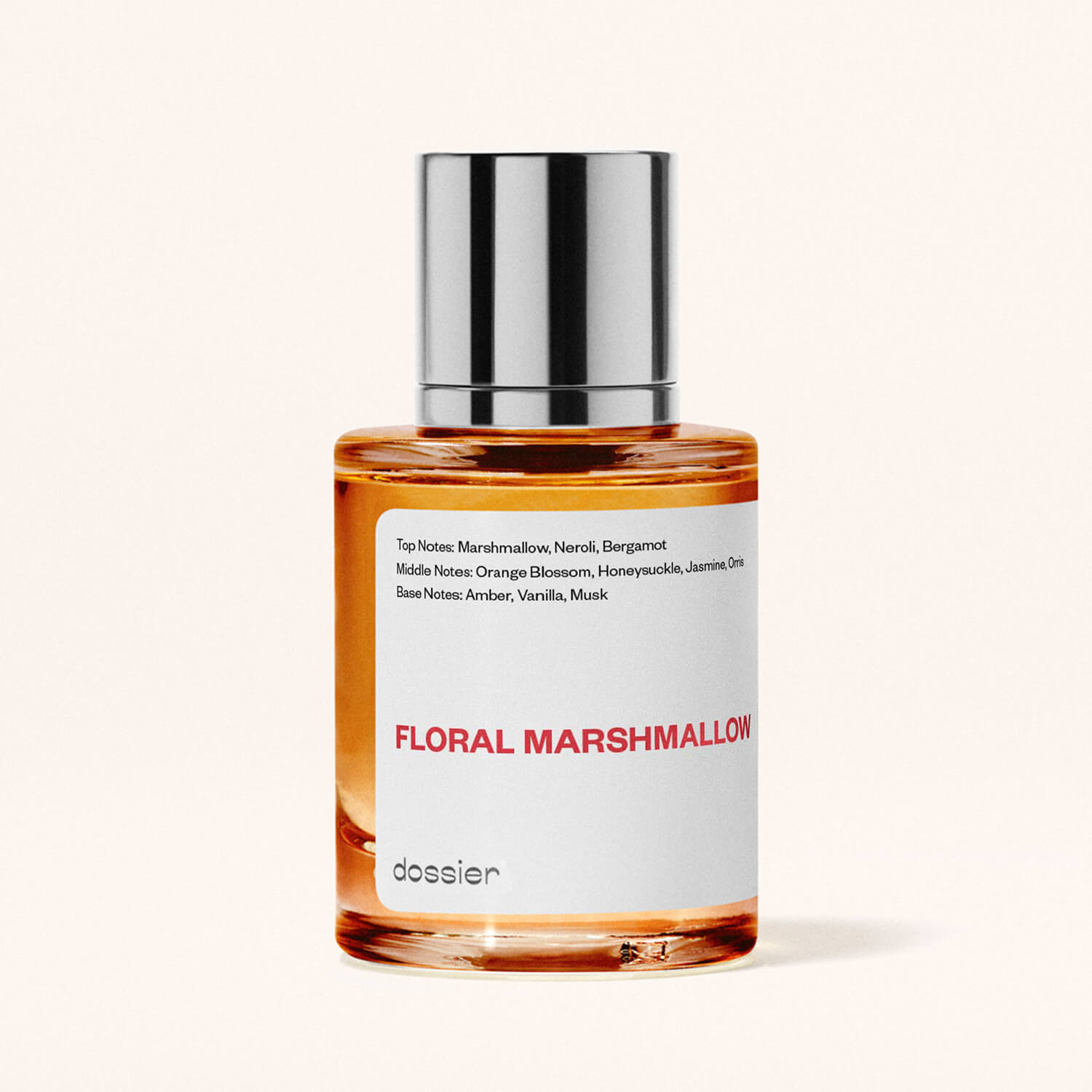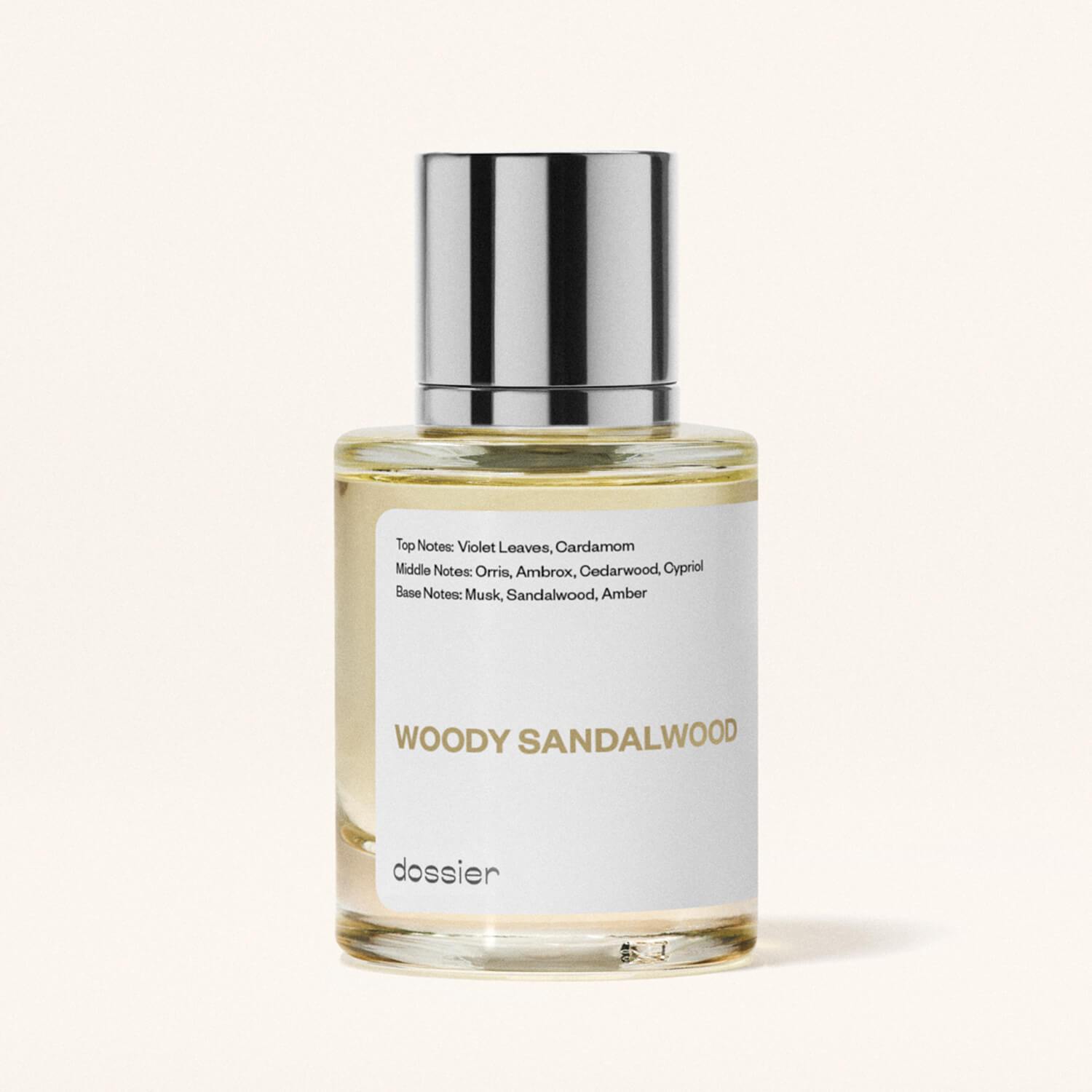If perfumery of the 1980s and 90s was characterized by specific olfactory trends and innovations, then it’s clear that the 2000s were distinguished by an evolution of the perfumery market as a whole. The trends of this decade undeniably came from the creative advances of the 90s, but more mainstream versions began to emerge onto the scene.
By the turn of the century, perfumes were slowly losing their elite “luxury” status and becoming more everyday consumer products. This meant that in the 00s, the extreme commercialization of perfume was well underway. This decade witnessed the creation of international “blockbusters” that still remain as key players in the perfume market, even decades later.
Gourmand scents combined with patchouli emerge in the 00s
Angel by Thierry Mugler, the revolutionary fragrance introduced in 1992, was a major source of inspiration for perfumers in the Y2K era. The combination of gourmand and patchouli notes was tweaked and toned down to create a range of much more accessible, yet still wildly popular fragrances.
Take, for example, the gorgeous Coco Mademoiselle — launched by Chanel in 2001. It was a woody perfume that highlighted patchouli as a base note. In 2005, Chanel debuted Chance, another woody floral fragrance also featuring a patchouli base. That same year, Viktor&Rolf created Flowerbomb, their iconic amber floral perfume — that, you guessed it, also showcased base notes of patchouli — combined with gourmand facets.
Aquatic freshness stays trendy in perfumery
Again, we see the trend of a 90s fad paving the way for more accessible fragrances: the avant-garde success of Calone. This synthetic raw material gave birth to the trend of aquatic fragrances, with its signature sea-breeze aroma — a craze that continued to boom in the 2000s.
Right before the turn of the century, Acqua di Gio was launched by Armani in 1996. This men’s fragrance captured the essence of wind and water, a perfect harmony of citrusy, aromatic, and salty notes, offering an everlasting sensation of freshness. The trend continued to gain traction with the iconic releases from Dolce&Gabbana: Light Blue for women in 2001 and Light Blue for men in 2007. These fragrances encapsulate summertime, with fresh notes of citrus and the breezy, sparkling essence of the seaside.
Top Y2K perfume trends
The world of 00s perfumery also showed a trend for softness and musks, with powdery and clean notes taking the spotlight. In 2000, Flower by Kenzo entered the scene with a strong profile centered around floral, powdery, and musky notes. Narciso Rodriguez For Her, launched in 2003, was another rosy fragrance defined by its sensual musk. This trend toward musky feminine fragrance reflected the public sentiment to envelope oneself in inner sensuality.
We see a blink of trends from the 80s resurging, too, with a number of fragrances channeling that signature glamorous opulence with a distinct 00s bling-bling energy. Dior’s J’Adore debuted in 1999, gaining instant popularity for its fruity, floral, and ultra-feminine profile — featuring a classic 80s white flowers bouquet of jasmine and ylang-ylang. In 2008, Paco Rabanne’s 1 Million fragrance for men launched, a sensual blend of woody and ambery notes with a hint of green apple that aimed to represent the seductive power of gold.
Indie perfumery finds its niche in the 2000s
In the Y2K era, we also witnessed the rise of indie perfumery — seducing a population of bohemians, artists, and avant-gardistes in search of originality. In clear opposition to the mainstream, blockbuster fragrances of the era, new perfume brands emerged that touted this new form of creativity.
In the year 2000, Editions de Parfums Frédéric Malle and Serge Lutens emerged. By 2005, Le Labo Fragrances appeared, followed by Byredo and Juliette Has A Gun in 2006. These were followed by Tom Ford and By Kilian in 2007, and by Francis Kurkdijan and Atelier Cologne in 2009.
These brands dared to defy the long-standing tradition of brands shrouded in their titles of couture, luxury, or designer. Instead, they chose to be more focused on the raw materials and the actual compositions of the fragrances, rather than just selling aspirational dreams of the “ideal” man or woman. This led to a generation of fragrances that skewed more unisex, with a much more assertive writing. They came with a higher price tag — but they also often boasted a quality level that was superior to that of the traditional “luxury” perfumers that dominated the 20th century





